Causeway coastal route of heroic little ship that caused havoc on the high seas
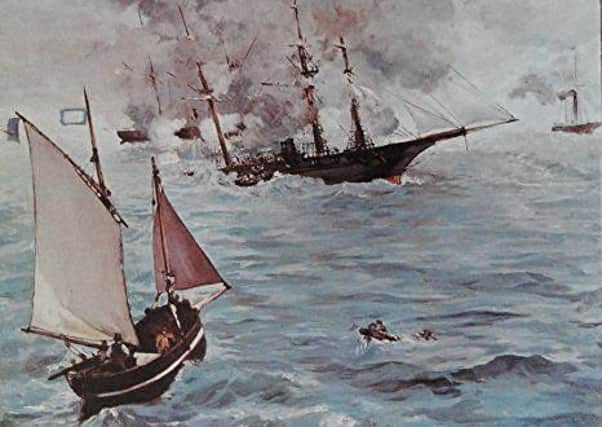

Formerly from Ballycastle and now living in Canada, Mitchell’s stories have often been well-received on this page.
Alabama was a Confederate States Ship “and her crew of fighting Irish (and English) men,” Mitchell continued, “wrought havoc on the Union across the Seven Seas during the US Civil War”.
Advertisement
Hide AdAdvertisement
Hide AdAnd (of course!) there’s a Northern Ireland connection, as Mitchell’s gripping tale about nautical derring-do reveals.
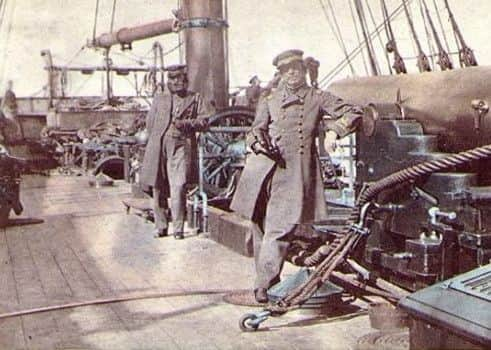

When people think of the US Civil War (1861 to 1865) the great land battles come to mind like Gettysburg, Antietam, Bull Run and Shiloh.
But there was fighting at sea too, as the Union Navy of the north tried to block the southern ports, and Confederate ships fought to break the blockade and to capture northern ships and cargos.
One of the great naval dramas of the war was the story of the CSS Alabama, which sank 65 Union ships and took 6 million dollars (equivalent to 100 million dollars today) in booty.
Advertisement
Hide AdAdvertisement
Hide AdThe Alabama was one of the South’s most successful raiders. Indeed, naval historians say that she was the most successful commerce raider in US maritime history.
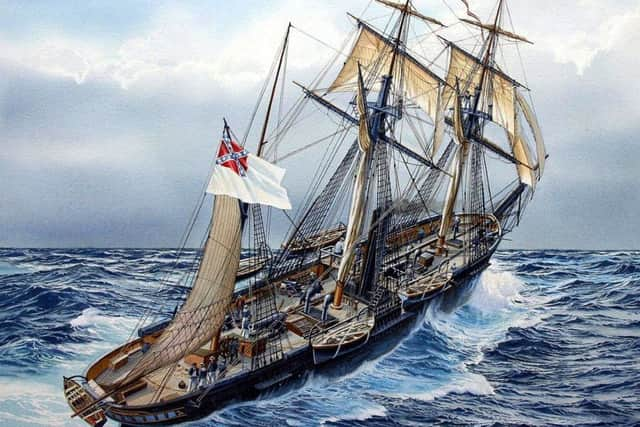

And she was crewed, for the most part, not by Americans but by Irish and English sailors.
A ‘will-o’-the wisp’, the CSS Alabama literally roamed the world, appearing from nowhere to capture a Union vessel, then disappearing over the horizon after creating havoc for a ship of the navy of Union president Abraham Lincoln.
Powered by sail and steam, no one could catch her.
Amazingly, in her two-year career she never once anchored in a Confederate port – the rest of the world was her oyster, and along with a crew containing burly Irishmen, Bushmills and the Giant’s Causeway feature in the ship’s remarkable story.
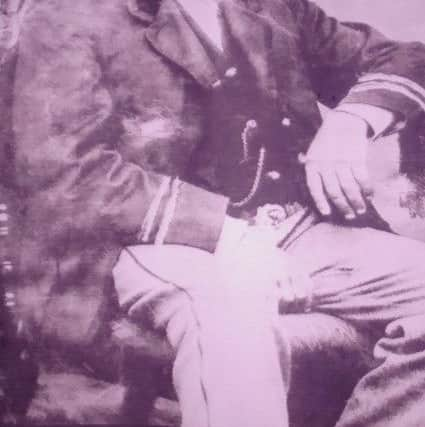

Advertisement
Hide AdAdvertisement
Hide AdThe Alabama was built in Birkenhead, England, where British law forbade the construction of warships for the Confederacy. Hull number 290, as she was initially identified, had no armaments, although the decks were strengthened to accommodate cannon.
James Bulloch, a Confederate agent, negotiated the deal and he and Liverpool-pilot George Bond were aboard when Enrica (her first naming) slipped out of Merseyside in late July 1862.
The ship anchored off the Giant’s Causeway on July 31st and a local fisherman took Bulloch and Bond ashore.
They booked into the Mill House, a Bushmills coaching inn that dates back to 1608; it is now the Bushmills Inn.
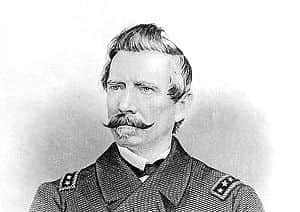

Bushmills remembers that night.
Advertisement
Hide AdAdvertisement
Hide AdA noticeboard on Main Street quotes Bulloch recalling: “Bond and I sat comfortably enough in the snug dining-room after dinner, and sipped our toddy, of the best Coleraine malt; but my heart was with the little ship buffeting her way around that rugged north coast of Ireland.”
(That’s right – they drank whiskey from the now-defunct Coleraine Distillery, not from the world-famous Old Bushmills!)
As Bulloch and Bond made their way back to Liverpool, their ‘little ship’ was on her way to the Azores, which is where the Irish and English sailors come into the story.
Two British merchant ships followed the vessel and their crews helped provision what was now called the CSS Alabama and install the armaments.
Advertisement
Hide AdAdvertisement
Hide AdBut the captain, Raphael Semmes, had only a skeleton crew of 24 officers from the Confederacy.
He needed another 100 or so seamen so he addressed the crews of the two British supply ships, offering them double wages and a signing-on bonus if they’d join the Confederate cause.
So 83 able seamen, Irish and English, signed on and the great adventure began for the ship whose motto was Aide Toi, Et Dieu T’Aidera – God helps those who help themselves.
They helped themselves in the Atlantic, the Caribbean, South America, around Cape Horn to the Pacific, to South Africa and on to the East Indies.
Advertisement
Hide AdAdvertisement
Hide AdNo one could catch the elusive raider, which could out-sail the best of them.
Semmes ran an honourable ship.
Of the 65 Union ships raided, the captured crews and passengers, numbering some 2,000, were never harmed. Semmes had them detained aboard his ship until they could be put ashore at a neutral port.
But the raids took their toll.
After almost two years at sea, the Alabama docked at Cherbourg, France, for an overhaul.
The news got around and a few days later the Union ship Kearsarge arrived and boxed her in.
Advertisement
Hide AdAdvertisement
Hide AdSemmes chose to fight rather than rot in port and on June 19 1864 he sailed out.
But Alabama’s captain had made one fatal mistake – he hadn’t realised that the wooden-hulled Kearsarge was clad in chain-mail armour, disguised under a thin coating of wood painted to look like the hull.
This thwarted the Alabama’s superior gunnery.
The battle lasted only an hour or so before the Alabama went to the bottom, without, apparently, any loss of life.
It was a famous battle in its time.
The great French painter Eduoard Manet, working from eyewitness descriptions, depicted it on canvas and his ‘Battle of the Kearsarge and the Alabama’ hangs in the Philadelphia Museum of Art.
Advertisement
Hide AdAdvertisement
Hide AdConfederate agent Bulloch did not return to America after the war, where he might have faced charges as he was not included in the amnesty for uniformed combatants.
Bulloch’s nephew, Theodore Roosevelt (his sister’s son) became the 26th president of the United States in 1901.
And CSS Alabama became legendary.